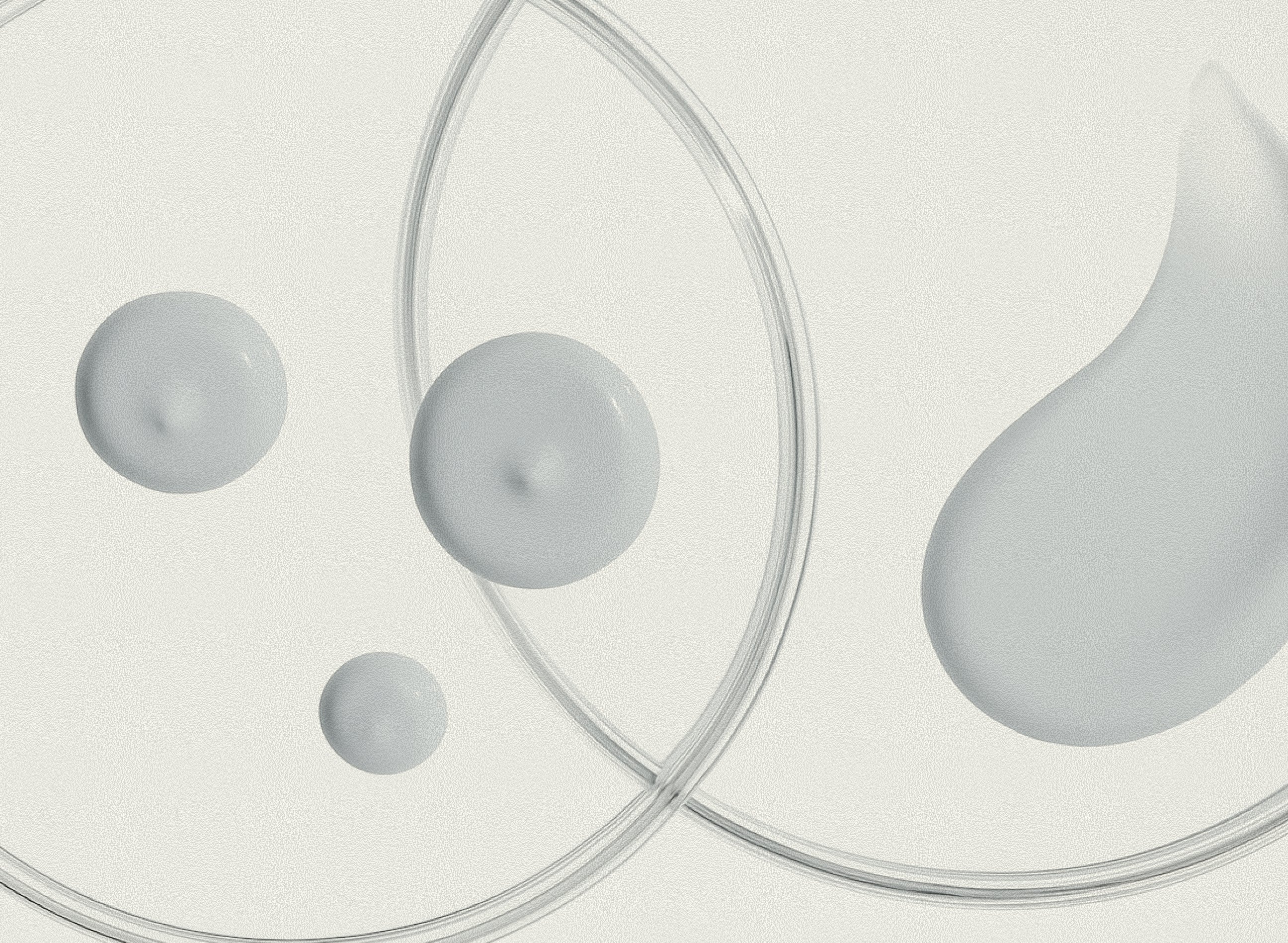
The Real Story on PDRN: Miracle Molecule or Something Fishy?
If you're a skincare enthusiast or insider, you know that one of the biggest buzzes in beauty this year has been PDRN: a salmon-derived DNA fragment that’s quickly become the darling of the industry. Touted for its skin-repairing and cell-regenerating powers, the hype surrounding it has been nothing short of compelling. But the question remains: is this ingredient backed by solid science, or is it riding the wave of savvy PR?
The Receipts
Overall, there are some data points to support the benefits of these purified DNA fragments. For example, they’ve been shown to activate adenosine A₂A receptors,which trigger processes that may reduce inflammation and promote tissue repair.
One RCT found that PDRN eye drops accelerated corneal healing post-surgery (Pescolido et al., 2017). Another 2017 study, focusing on venous ulcers, showed that a PDRN + hyaluronic acid gel led to full healing in 67% of cases (compared to just 22% with hyaluronic acid alone).
Thus, in instances of damaged skin, it does seem that PDRN can deliver meaningful results.
Hype, Hope - or Just Skin Deep?
It’s always smart to keep a discerning eye on the buzzy newcomers. And while PDRN certainly comes with promise, there are a few red flags worth noting, particularly when it comes to how it behaves on healthy, intact skin.
PDRN is made up of large DNA fragments (think thousands of Daltons in molecular weight), and your skin, elegant gatekeeper that it is, doesn’t exactly welcome oversized, water-loving, electrically charged molecules with open arms.
According to basic KDA principles (Key Determinants of Absorption), ingredients that are water-soluble, electrically charged, or above ~500 Daltons tend to struggle with skin penetration.
And PDRN? It ticks all three boxes. Its molecular size can range from 5,000 to over 500,000 Daltons, that’s anywhere from 10 to 1,000 times too large for skin to absorb on its own. Add in its water solubility and electrical charge, and you’ve got a molecule that’s practically locked out when it comes to intact skin.
(By the way, methylene blue weighs just 319 Daltons. Though it’s water-soluble and positively charged, its smaller size combined with smart formulation can help it reach the upper skin layers.)
But back to PDRN—the molecule everyone’s watching, and the one that might just need a little barrier disruption to make a real entrance.
Overall, PDRN's physical properties suggest that unless the skin barrier is compromised (e.g., through microneedling, laser treatments, or an open wound) it is most likely just going to remain on the surface, offering a silky finish, but probably little in the way of real transformation.
And let’s not forget: standardized inclusion metrics, formulation guidelines, or clinically proven concentrations? Those are all still very much TBD.
So for now, PDRN may not be total snake oil, but it’s not the fountain of youth either.
Until more head-to-head trials on topical PDRN emerge, let’s just say this molecule plays more of a supporting role than a leading one. That said, we’re definitely keeping it on our radar.

